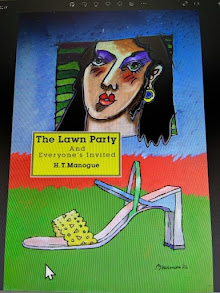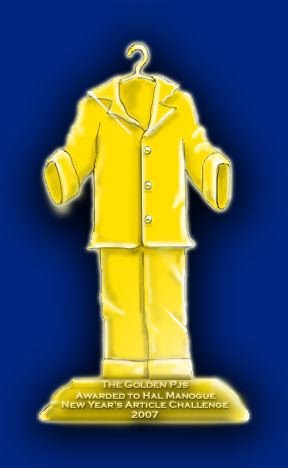The forms of a person’s thoughts are controlled by inexorable laws of pattern of which he is unconscious. These patterns are the unperceived intricate systematizations of his own language.
Benjamin Lee Whorf, the 20th century American linguist, believed that different languages influence cultural thoughts about reality. His 1956 work, Language, Thought and Reality, was published 15 years after his death.
Expressing our thoughts is a product of the cooperation of the conscious mind and the brain. Thoughts and mental associations are living things. They are energy formations, and they are assembled in invisible consciousness patterns. Thoughts surround themselves with like thoughts. They love associations and they magnetically attract like thoughts so our emotional and mental life is a framework composed of these thought structures.
We are born with basic beliefs, but most of our directional beliefs are handed down from our parents. They make us feel safe. There is no reason to be bound by these beliefs unless we limit our perception of our reality using specific language that reinforces those beliefs. When the imagination is stuck in antiquated beliefs, our emotional responses follow that course and the body consciousness if affected.
Thought structures have a direct impact on the physical cells in our bodies. Our body image and the language we use is a reflection of those structures. Some thought structures become beliefs and truths, and others move through this dimension and manifest in another. Thoughts are energy so they are always in motion and in that sense they are eternal.










